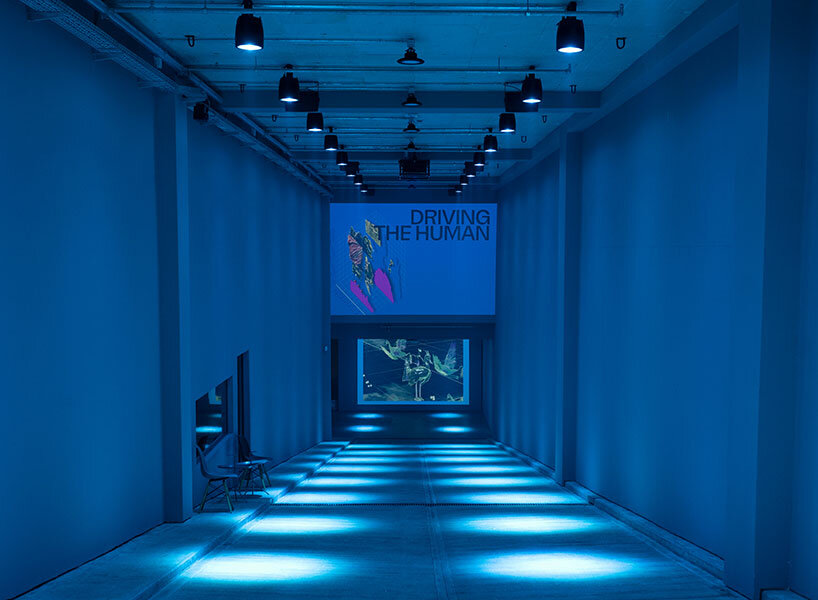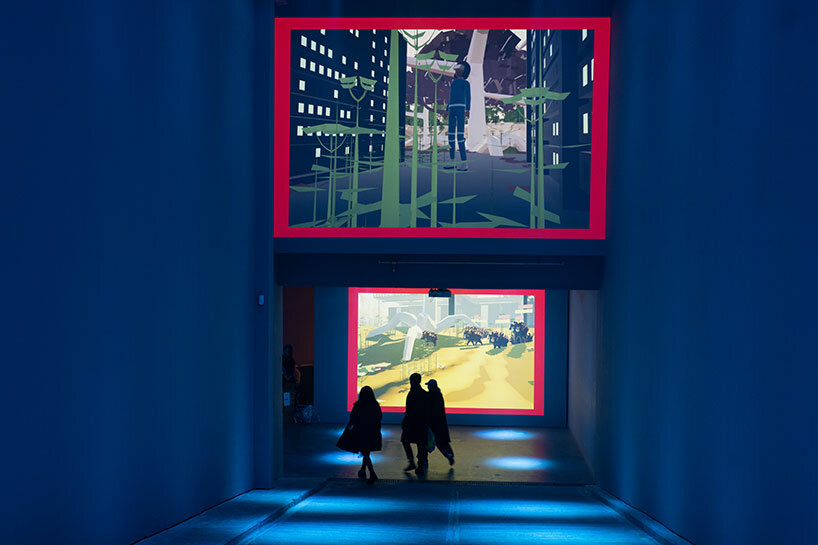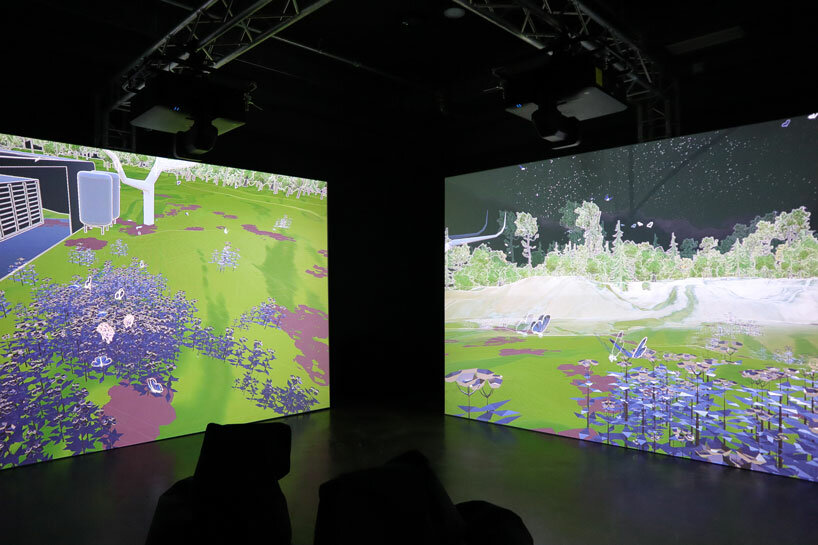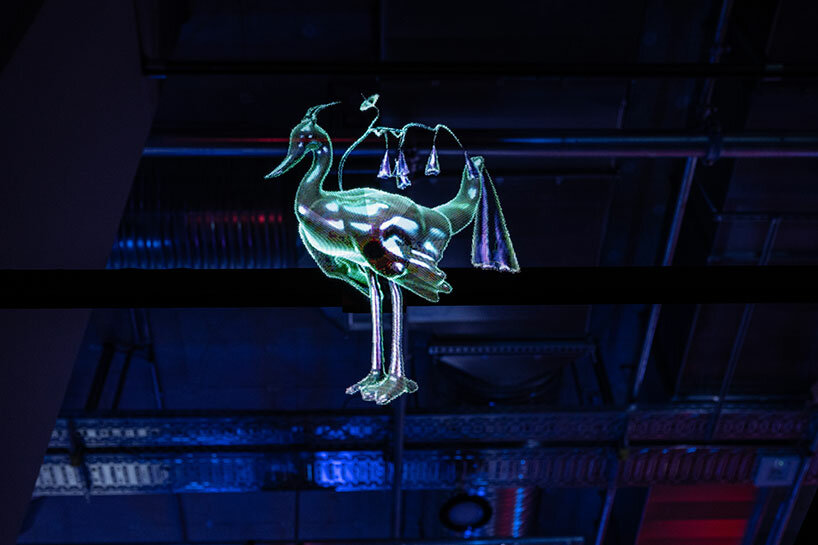driving the human seeks connections between AI & nature through seven prototypes
DRIVING THE HUMAN: A 3-DAY FESTIVAL FOR A 3-YEAR PROJECT
From 2020 to 2023, the scientific and artistic collaboration Driving the Human proposes and creates seven tangible prototypes responding to our current planetary scenarios. This year saw the second gathering during this long journey, with a series of interactive installations, screenings, workshops, and stimulating performances animating the Silent Green culture venue in Berlin.
Last October, Driving the Human unveiled 21 visions for eco-social renewal proposing new ways to engage with each other and with what surrounds us. From those, only seven were chosen and presented in the former crematorium building in Berlin that dates back to 1900. Every visitor was invited and encouraged to curate their own experience exploring the connections between technology and nature, AI and circular economy, as well as new production methods, such as indigenous know-how and bacterial and interplanetary perspectives. designboom attended the three-day festival for the second time following the projects’ growth and the evolution of the concepts. The seven final prototypes are materialized in different ways, from walk-in room installations, designed objects, and architectural mock-ups to interactive games, video works, and performances.

image ©Camille Blak | Driving The Human three-day festival at the Silent Green in Berlin, 2022
video ©designboom
Do AIs Dream of Climate Chaos
Do AIs Dream of Climate Chaos by Iris Qu 曲 晓 宇 explores the potential interconnection between AI and climate change fields. With code as her primary medium, the Chinese artist, technologist, and programmer investigates a future where humans, ecosystems, and machines live together in harmony.
Do AIs dream of climate chaos speculates a future where algorithms make decisions based on their own existential needs. Machine learning infrastructures require many human and non-human factors to operate, and such prerequisites might overstep climate mitigation objectives implemented by humans. In this project, speculative AI algorithms compute competing priorities such as land use, energy, waste, and labor in a simulated ecosystem to optimize the system’s longevity. The project aims to investigate the trend of machine learning-enabled solution-making and question our tendency to optimize nature. ‘This year, we present a simulation of the ecosystem. The idea here is to put an AI in this super-local space, and the machine needs to negotiate with all the living creatures that inhabit it,’ explained Iris Qu.
 image ©Camille Blak
image ©Camille Blak
image ©designboom
The Backpack of Wings: Modern Mythology
Hyeseon Jeong and Seongmin Yuk (see more here and here) put the lens on one migratory bird by using GPS data and invite participants to create an imaginary storytelling narrative.
The Backpack of Wings: Modern Mythology represents the speculative future scenarios, which are collisions and integrations between a bio-geo tracking technology for wild animals in scientific fields and animism in seismic disaster myth in East Asia. Since ancient times, whenever a natural disaster strikes, people anecdotally report that ‘animals knew it beforehand,’ a belief related to animals as spiritual beings. As telemetry systems evolve, this animistic belief is transformed into data by calculating and analyzing with biologing on the animal body; moreover, the animal-behavior data enables forecasting upcoming nature events. ‘Through ‘The Backpack of Wings’ we are interested in finding intersections between animistic mythology story-telling and scientific research, such as the ‘Ikarus project’ where researchers mount GPS trackers on birds and use the data to predict natural disasters or even prevent climate change,’ told us the artistic duo.
 image ©Camille Blak
image ©Camille Blak

